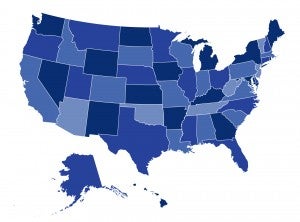Virginia’s Enrollment Season Perfect Storm

Across the country, states are yet again dealing with policy changes just before the fall open enrollment season. Virginia, however, is a special case. The state is dealing with simultaneous implementation of Medicaid expansion, expanded short-term limited duration insurance and association health plans, and changes to the definition of sole proprietors for small employers, all with less funding for the navigator program. CHIR’s Olivia Hoppe breaks down how each change affects Virginians.



